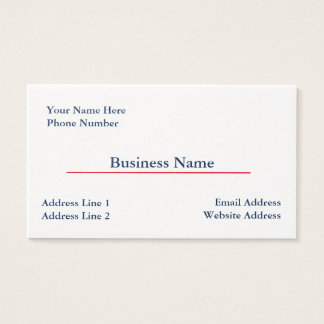But many articles strive to list as many productivity hacks as possible, telling you to do everything from drinking more water to putting more plants in your office.
To be fair, these hacks are all worth knowing, but in my experience, it’s better to focus on one big change than dozens of smaller changes; not only is it more manageable, it’s also more rewarding.
So in this article, I’m going to tell you about the one productivity hack you’re (probably) not using: flow optimization.
What is flow?
First, you need to know what “flow” is, and why it’s so important. In the field of psychology, a flow state is a mental state when a person is fully immersed in what they’re doing. Colloquially, you might hear it called being “in the zone.”
In any case, when you’re in a state of flow, you’re hyper-focused—which means you’re less susceptible to distraction, and you’re much more effective at accomplishing tasks that require concentration. Additionally, people in a flow state tend to lose track of time.
While this may seem like a bad thing (since so many productivity hacks focus on time management), it can actually improve your bottom-line results since you won’t be constantly checking the clock or agonizing over what you’re doing.
When working in a flow state, you’ll be not only more productive, but more satisfied with your work, leading to higher overall happiness—in fact, some experts (including positive psychologist Mihaly Csikszentmihalyi) have suggested that flow is the “secret to happiness.”
Advertisements
Achieving flow
That sounds amazing, but how can you achieve flow? For most of us, flow isn’t something we create; it’s something that simply happens to us, without us even realizing until after we break the state.
There are a few competing theories for how flow develops, but the mechanism certainly depends on your attention. If you’re able to devote your attention fully to a given task, you can hypothetically enter a flow state.
For practical purposes, you can think of flow as existing in the nexus between two main variables in a work experience: interest and challenge.
Interest is your level of personal fascination or resonance with a given task. The more personally interested you are in something, the better. If a task is fun, captivating, or otherwise entertaining, it’s more likely to help you achieve flow.
Challenge represents the level of difficulty you face in this task. Here, you’ll be seeking a balance. If a task isn’t challenging enough, you won’t devote much attention to it. Conversely, if a task is too challenging, you won’t be able to enter a flow.
There are some other factors you’ll want to consider as well. For example, to achieve flow, it’s important that you feel a sense of control over the task; merely witnessing a meeting unfold is unlikely to help you produce a flow state.





No comments:
Post a Comment